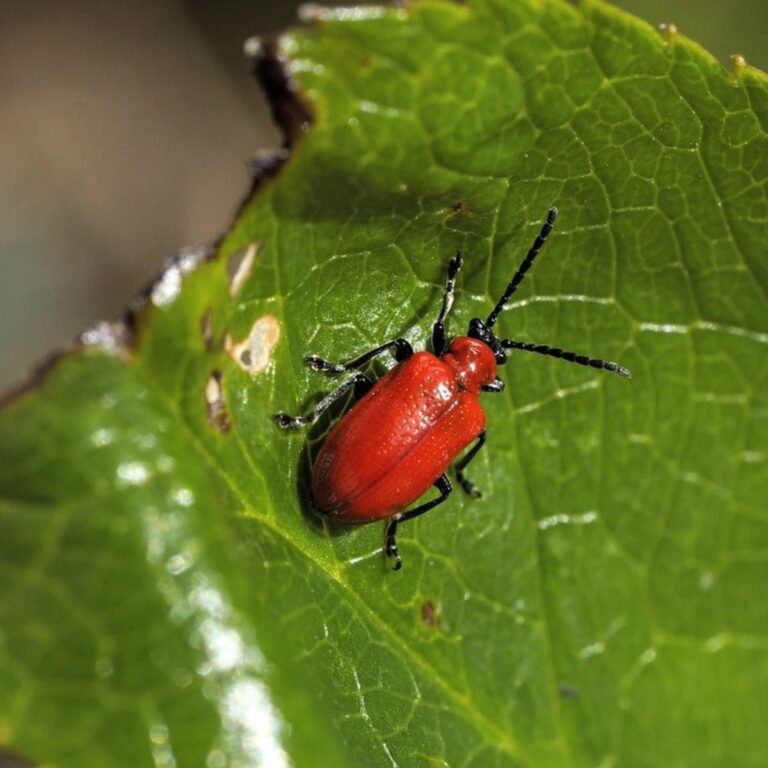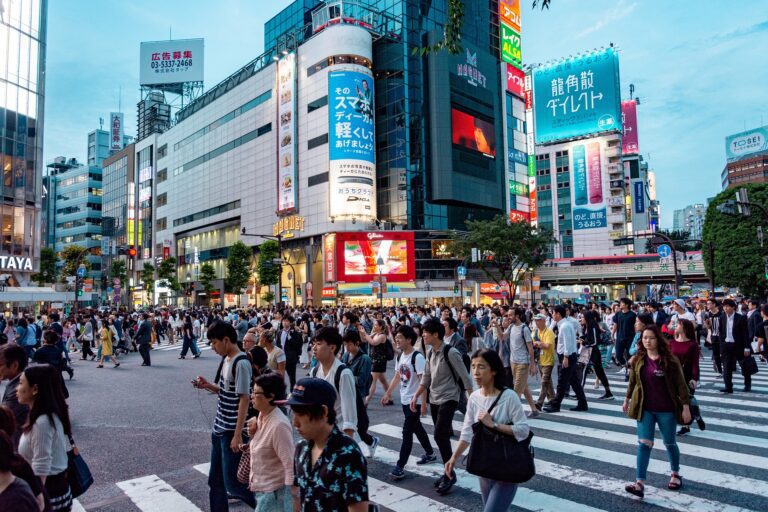5 Reasons Why You Should Not Eat Shrimp
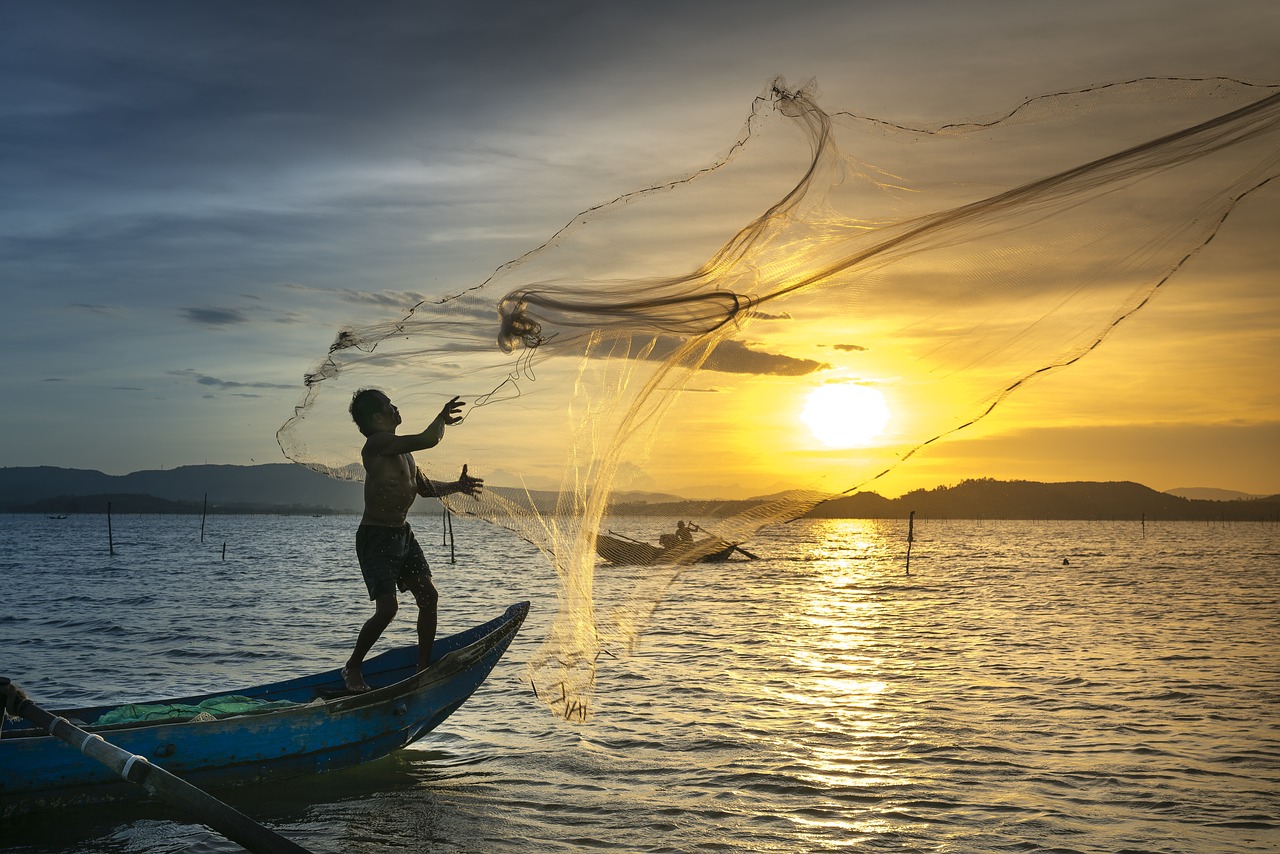
Are Shrimp healthy? In this article we will take a closer look at the shrimps we find in the supermarkets and share with you the 5 reasons why you should not eat shrimps.
Contents
Is shrimp and prawn the same thing?
There is no difference. Depending on the region, prawns are also called shrimps or prawns. Lobsters and scampi, on the other hand, are other animal species.
Where do shrimps actually come from?
Shrimp was once a pricey delicacy, today it is a common food. However, the recent massive boom has ecological repercussions. Aquaculture coastal soils in Asia and Latin America get so contaminated quickly that it takes decades for them to recover.
The aquacultures that are mushrooming up on numerous Asian and Latin American shores are the root of the issues with the once-luxury product. There are over 50,000 plants operating worldwide that produce more than 700,000 tonnes annually. Europe, the US, and Japan are the top three consumer regions. There, consumers profit from the affordable supply, at least initially.
How are shrimp farmed?
Since shrimp can only be raised in salt water, breeders must locate their ponds near coastlines, where they fill them with ground and sea water. The land needed for this, including rice fields and the mangrove forests that are so crucial for shoreline stabilization, is acquired by the aquaculture operators through alluring offers.
Few residents of the coastal villages are aware that by doing so, they are jeopardizing the livelihood of the entire village community as well as giving up a crucial foundation for their economic activity and self-sufficiency.
Prawns and shrimp from Asia contain antibiotics, radioactive radiation and hormones
Anyone who visits a supermarket today unknowingly makes purchases from all over the world. Meat from Argentina, strawberries from Spain, fish from Canada, etc. Undoubtedly appealing, but not fully risk-free.
When keeping large quantities of shrimp in aquaculture, antibiotically active substances are often used to prevent the spread of diseases and parasites. According to Bavarian State Office for Health and Food Safety (LGL), LGL investigation results from 2017 of shrimps primarily requested with the origin Vietnam also revealed findings of antibiotic residues in samples from other Asian countries of origin, which also arrived at the LGL. Therefore, the LGL expanded the focus of the investigation for 2018 to include shrimps from the entire Asian region. The LGL examined 49 shrimp samples from Asian aquaculture for antibiotic residues. The samples were distributed across various Asian countries of origin.
Vietnam
In 26 of 49 samples examined (53 %), Vietnam was indicated as the country of origin. In 16 of these samples (62 %), the LGL identified residues of antibiotically active substances. The comparison with the previous year, when the proportion of detectable antibiotic residues was 57%, shows that the detection rate of antibiotic residues in shrimps from Vietnam is comparable in both years. In two of the Vietnamese samples in 2018, the LGL found maximum levels of antibiotics from the tetracycline group (oxytetracycline and doxycycline) that had been exceeded. The LGL also detected these two antibiotics most frequently in all other samples examined.
Oxytetracycline was found in 14 of 49 samples (29 %), doxycycline in 12 of 49 samples (24 %). These test results correspond to those from 2017. The LGL also detected residues of other antibiotics in the two offending samples; one of the samples contained residues of three different antibiotics, the other sample contained residues of four different antibiotics.
Overall, the LGL’s investigations revealed multiple residues of various antibiotics in 12 of the 49 samples examined (24 %).
antibiotics. In addition to substances of the tetracycline group, residues of quinolone antibiotics (five samples), sulfonamides (six samples) and diaminopyrimidines (one sample) were also found.
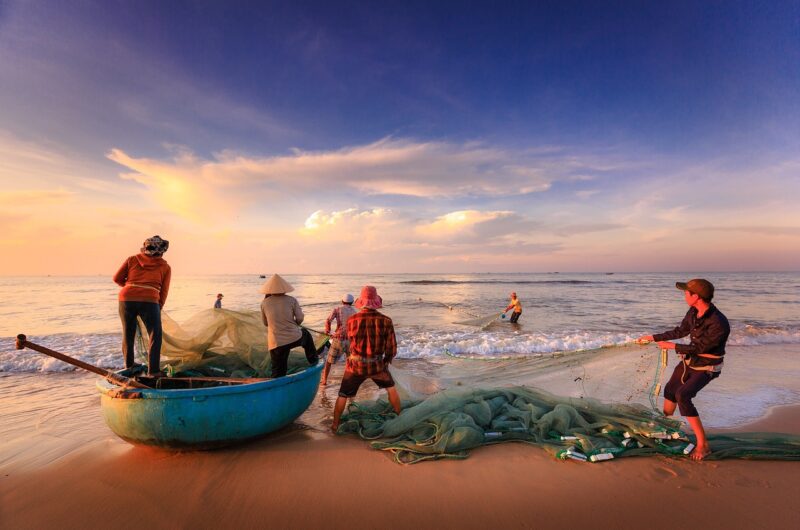
India
In three out of ten samples from India (30%), the LGL detected 3-amino-2-oxazolidinone (AOZ). This substance is a metabolite of the nitrofuran antibiotic furazolidone, which is banned in food-producing animals. The EU objected to one of these samples because the intervention value for nitrofurans, which is binding throughout the LGL for assessing marketability, was exceeded.
5 Reasons Why You Should Not Eat Shrimp and Prawns
1. Female shrimp have their eyes cut off
Female shrimp have their eyes cut off in the unscrupulous industry – to make them reproduce faster.
The eyestalks are removed in a procedure called eyestalk ablation; the eyes are cut off and at the same time a gland behind the eye that regulates reproductive hormones is severed. As a result, the injured shrimp become sexually mature more quickly – that is, they produce more eggs despite the trauma. [8] So the goal of ablation is to stimulate the female shrimp to develop mature ovaries and lay more eggs faster.
The reason for this cruel practice is that the living conditions in captivity are so poor that the maturation of the ovaries is suppressed or slowed down in the female shrimp.
2. Environmental destruction
Due to the aquacultures’ high fresh water needs, significant volumes of priceless groundwater are being depleted, a vital source of drinking water for the coastal villages. In addition, the extensive use of chemicals and organic waste, such as shrimp excrement and leftover food leftovers, causes the soils and groundwater resources near the ponds to become extremely polluted and bacterially contaminated.
There is an alarmingly high prevalence of diarrhea and other intestinal diseases among the villagers as a result of the groundwater’s bacterial contamination.
The soil contamination in the farms reaches such severe proportions after five to ten years that aquaculture must be terminated there. If the soil regenerates at all, it takes decades.
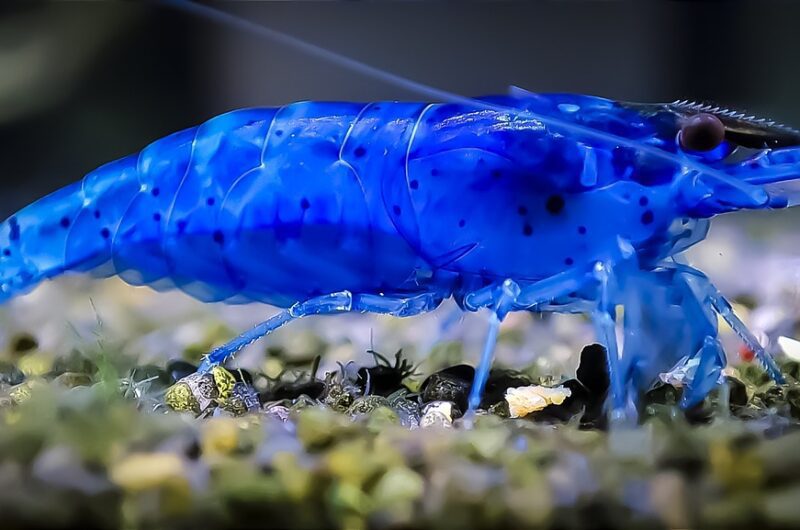
3. Consequences for the local population
By destroying the mangrove forests, which they depend on for food, building supplies, and medicine, the local population loses a vital source of food. Since the rain forests shield the countryside from storms, there is no longer any protection from the upcoming flood. In 1991, a Sturmflut in Bangladesh was demanded, claiming 1.000 lives. However, no one was harmed in a similar flood in 1960, which was before the mangroves were lost.
The Garnelenteiche causes the soil to flatten, which among other things means that no reed can grow in the affected areas. Reis, however, serves as a major export good and the staple food of many nations. Thus, the Garnelenzucht results in the population being armed. Additionally, clean water is produced by directing the unfiltered runoff into the groundwater.
4. Many marine animals die as bycatch
While shrimp suffer in intensive farming, industrial fishing destroys the oceans by dragging fishing nets, some of them kilometres long, across the seabed. This not only destroys the seabed, but also leads to the death of numerous animal species as so-called by-catch.
Thousands of marine creatures such as whales, sharks and other fish species, but also seabirds, turtles and corals are torn from the ocean and crushed in fishing nets. Many animals suffocate on board the ships or get caught in ghost nets and gillnets, where they drown in agony.
5. Shrimps are kept in agonising conditions and cooked alive
Around 4.7 million tonnes of shrimp from aquaculture and commercial fishing are traded on the world market every year.
In aquaculture, shrimp are kept closely packed together for the duration of their three-month lives and must swim in their own faeces. Because of the confinement, pathogens spread rapidly. Many animals already die in the breeding farms, suffocate or are crushed during transport.
The animals are boiled alive, cut into pieces or put on the grill. International scientific studies prove that crustaceans feel pain.
Which shrimps are healthy ?
The typical organic shrimp species are either the black tiger shrimp or the white-legged shrimp. According to the EU organic regulation, organic shrimp may only grow in naturally designed ponds with organic feed. The harvest quantity is limited to a maximum of 2400 kilograms per hectare and year
Conclusions
Shrimp can be a part of a healthy diet when consumed in moderation and as part of a balanced meal plan. Here are some considerations:
- Nutritional Benefits: Shrimp are a low-calorie and low-fat source of protein, rich in essential nutrients such as vitamin B12, selenium, and omega-3 fatty acids. They also provide minerals like zinc and iron. However, the nutrient profile can vary depending on the cooking method and preparation.
- Buy organic shrimps!
- Cholesterol Content: Shrimp is relatively high in dietary cholesterol compared to some other seafood and protein sources. However, dietary cholesterol has a limited impact on blood cholesterol levels for most people, as saturated and trans fats have a greater influence. If you have specific cholesterol concerns or dietary restrictions, it’s advisable to consult with a healthcare professional or registered dietitian.
- Sodium Content: Shrimp naturally contain sodium, and additional sodium can be added during processing or cooking. Excessive sodium intake may contribute to high blood pressure in some individuals. It is important to consider your overall sodium intake and choose cooking methods that don’t add excessive salt.
- Allergies and Sensitivities: Shrimp is a common allergen, and individuals with shellfish allergies should avoid consuming shrimp or any other shellfish. For those without allergies, shrimp can be enjoyed as part of a varied and balanced diet.
- Sustainable Sourcing: Consider choosing sustainably sourced shrimp to support responsible fishing practices and minimize environmental impact. Look for certifications like the Marine Stewardship Council (MSC) or Aquaculture Stewardship Council (ASC) when purchasing shrimp.
If you want to know more about shrimps, take a look at our article “Is shrimp vegan?”.


